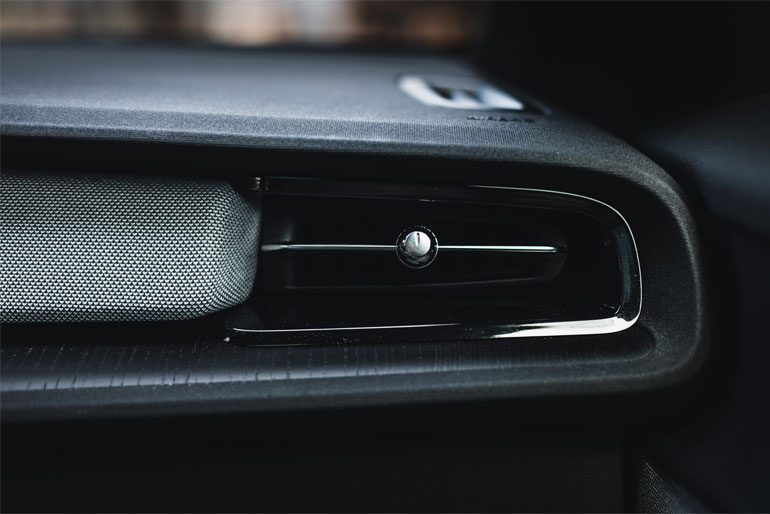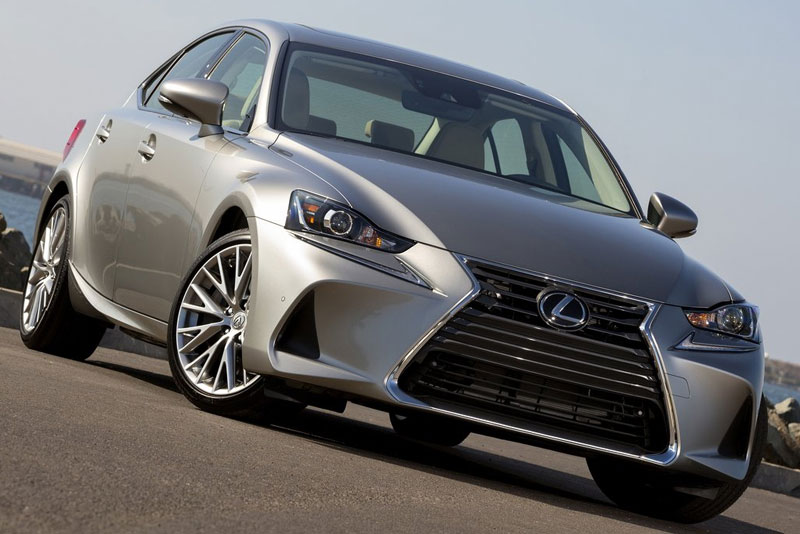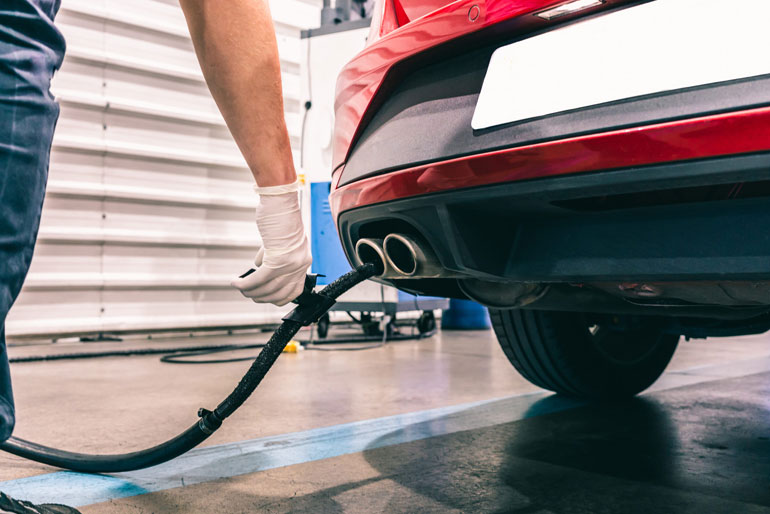We all have those little fears that make our hearts skip a beat. But what gets us sweating? It’s not just public speaking, trust me. It’s that nail-biting moment when your car faces its emissions test. Yeah, it sounds funny, but it’s true! There’s so much riding on that test, isn’t there?
But here’s the thing, getting through that emissions test doesn’t have to be a nightmare. Sure, there are tons of reasons why a car might not pass, but usually, it boils down to three simple ones. So, take a deep breath, and let’s tackle this together, shall we?
So What Can You Do?
Maintain Your Car Properly
Your car’s in decent shape, but it’s been a bit neglected, you know? Don’t sweat it though; those smart engineers made sure it’d pass those emissions tests without you having to tinker with it. Just keep up with the maintenance, and you’re golden.
Now, if your car’s so off-key that it flunks the emissions test, it’s probably screaming for a major tune-up and an oil change. Yup, an oil change! See, when your engine isn’t running smooth, it’s not burning up all its fuel, which messes with your mileage. Plus, all that unused fuel gunk ends up in your engine oil, creating a messy cocktail of ash and other leftovers from combustion. Nasty, right?
This goop finds its way back into the system, ending up in the emissions test. So, if your car’s due for both a tune-up and an emissions check, start with the tune-up and oil change. Might just save you from a flunked test.
Your Engine Can’t Burn all the Gasoline It Receives
So, you’ve got this car, right? And it’s acting up a bit. The test report says something about “hydrocarbons” being too high, or HC for short. That means your engine is kinda like a kid who ate too many cookies – it’s running rich or, as some folks say, running fat. But what does that mean?
Well, picture this: You’re pressing down on the gas pedal, but what you’re doing is letting air into the engine, not pouring gas directly in there. So, in reality, it should be called an “air” pedal instead of a gas pedal. Sounds weird, huh? But stay with me.
In the old days, cars used carburetors to figure out how much air was coming in and then squirt the right amount of gas to match. Nowadays, it’s all computerized with something called the Power Train Control Module, or PCM for short. This little computer guy keeps things in check by controlling the fuel injectors – they’re like the tiny faucets that squirt the gas into the engine.
But sometimes, this system gets a bit out of whack. Maybe a sensor’s gone wonky, or something’s just not working right. And that’s where the trouble starts. To fix it, you need someone who knows their stuff – a professional technician. They’ve got the tools and know-how to figure out exactly what’s causing the problem. And trust me, it’s better to get it diagnosed properly than to start swapping out parts randomly and hoping for the best. Plus, it’ll save you some cash in the long run.
So, next time your car’s belching out black smoke like a chimney on a cold day, don’t sweat it too much. Just find yourself a good technician, and they’ll have you back on the road in no time.
You Can See It
So, your car didn’t pass the NOX part of its emissions test. It’s a pretty common hiccup, but hearing “NOX failure” can sound like a big deal. Relax though, it’s usually not a major headache to fix.
Here’s the lowdown: Inside your car’s engine, the mix of fuel and air can sometimes get too hot. Like, way too hot—over 2,500°F hot! When that happens, it creates these nasty nitrogen-based gases called oxides of nitrogen, or NOX for short. They’re not good news because when they escape through your car’s exhaust, they team up with sunlight and cook up smog. Not great for the environment or your car’s reputation.
Now, think of it like this: Imagine your car’s engine is a BBQ grill, and it’s cooking up the air and fuel mixture too fiercely like it’s burning your steaks to a crisp. Not ideal, right?
But here’s the clever part: Engineers designed your car to cool things down without drowning the engine in water. They rigged it so that some of the exhaust gas gets sent back into the engine to mix with the fresh fuel and air. It’s like adding a bit of cool breeze to a hot summer day—it spreads out the heat, slows down the burning process, and voilà! No more NOX party in your exhaust.
So, while your car still gets the same amount of fuel and air it needs, this mixed-in exhaust gas acts like a chill pill, preventing those hot pockets from forming and cutting down on those pesky oxides of nitrogen. Easy fix, right? Your car just needs a little adjustment to keep its cool and stay in the clean air club.
EGR Systems Are Simple
So, how does all this car stuff work? Well, imagine your car recycling its exhaust gas back into the engine. It’s called the EGR system, which stands for Exhaust Gas Recirculation. Up to 15% of the air and fuel mix gets mixed with this recycled exhaust gas. It’s like a little eco-friendly blend happening under the hood. This happens most when you’re cruising steadily or giving it a gentle push on the gas. If your engine starts making weird noises, especially when you’re speeding up or cruising, it could mean the EGR system needs a check-up.
Don’t Waste Money Changing Good Parts
Cars sometimes don’t pass their emissions test because the passages in the EGR (Exhaust Gas Recirculation) system get all clogged up with soot from the exhaust. Just replacing the EGR valve won’t solve the issue, despite being a common misconception. When your car’s computer detects a problem, it usually points fingers at the EGR system, but that’s just a hint, not the whole story.
Sometimes, it’s not even the EGR system’s fault. Occasionally, the computer itself might not be telling the EGR what to do. But most of the time, it’s just sensors or actuators that aren’t doing their job right. Thankfully, fixing these problems isn’t rocket science. You can clean out the clogged passages, or if the computer’s acting up, that’s fixable too. So, no need to stress out in the waiting room of the emissions test center.
Ever wonder why they test older cars by running them on rollers at 25 mph? Well, it’s because the EGR system doesn’t do its thing when the car’s just idling. It kicks into gear when you’re driving at cruising speeds. That’s why they need to test it while the wheels are turning. Now you’re in the loop!
Just keep your car well-maintained, and it should breeze through the emissions test. And if it doesn’t pass, don’t panic! Find out the exact reason why it failed before rushing to replace expensive parts like the catalytic converter.







